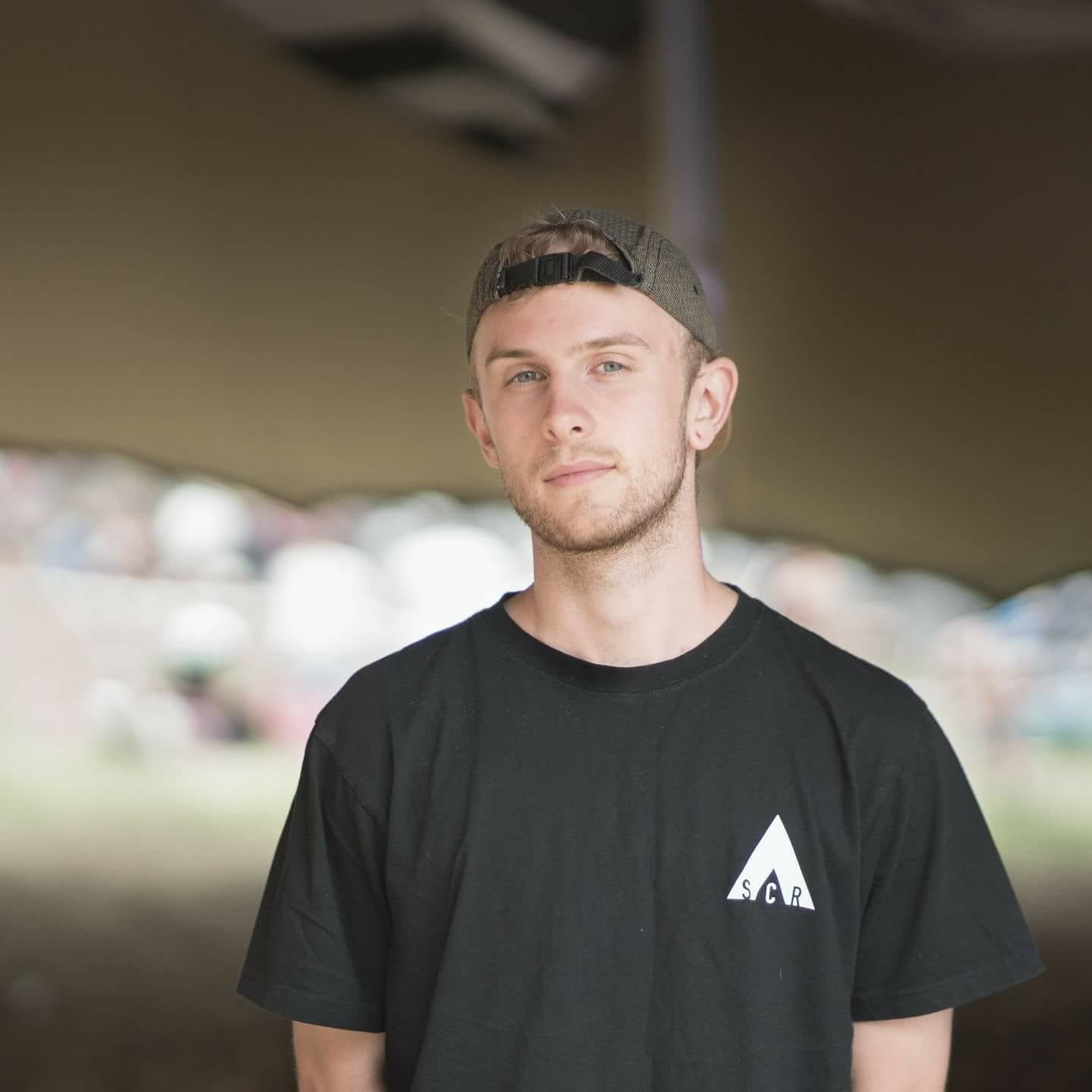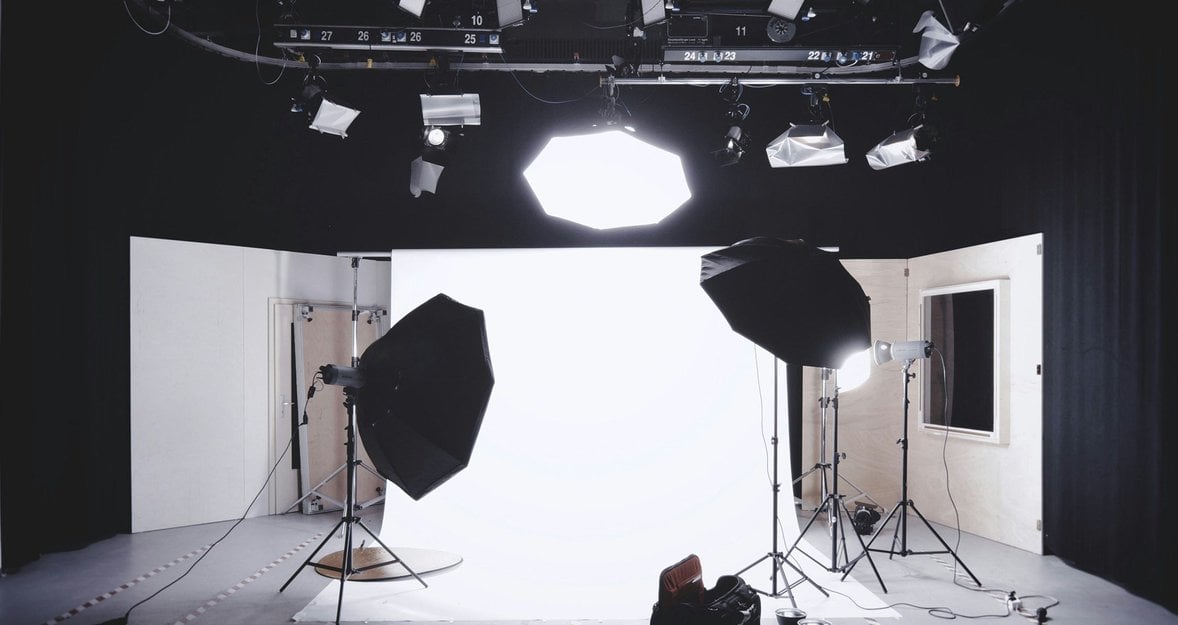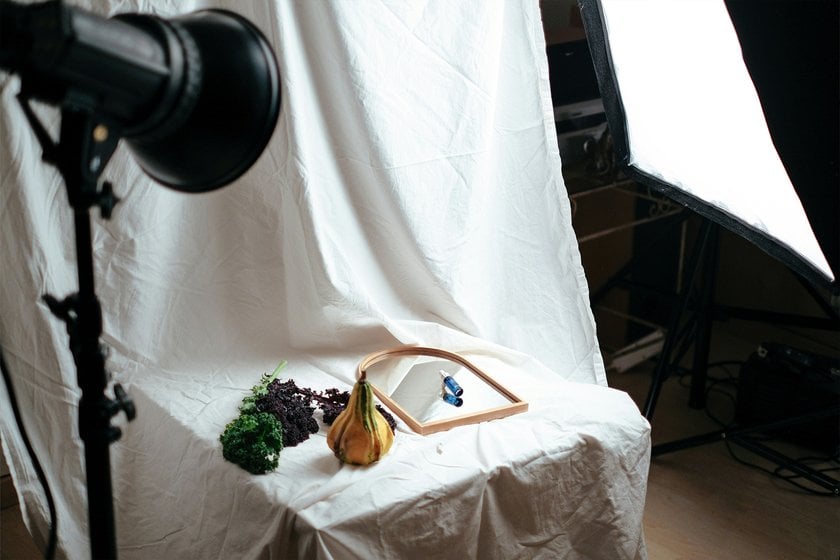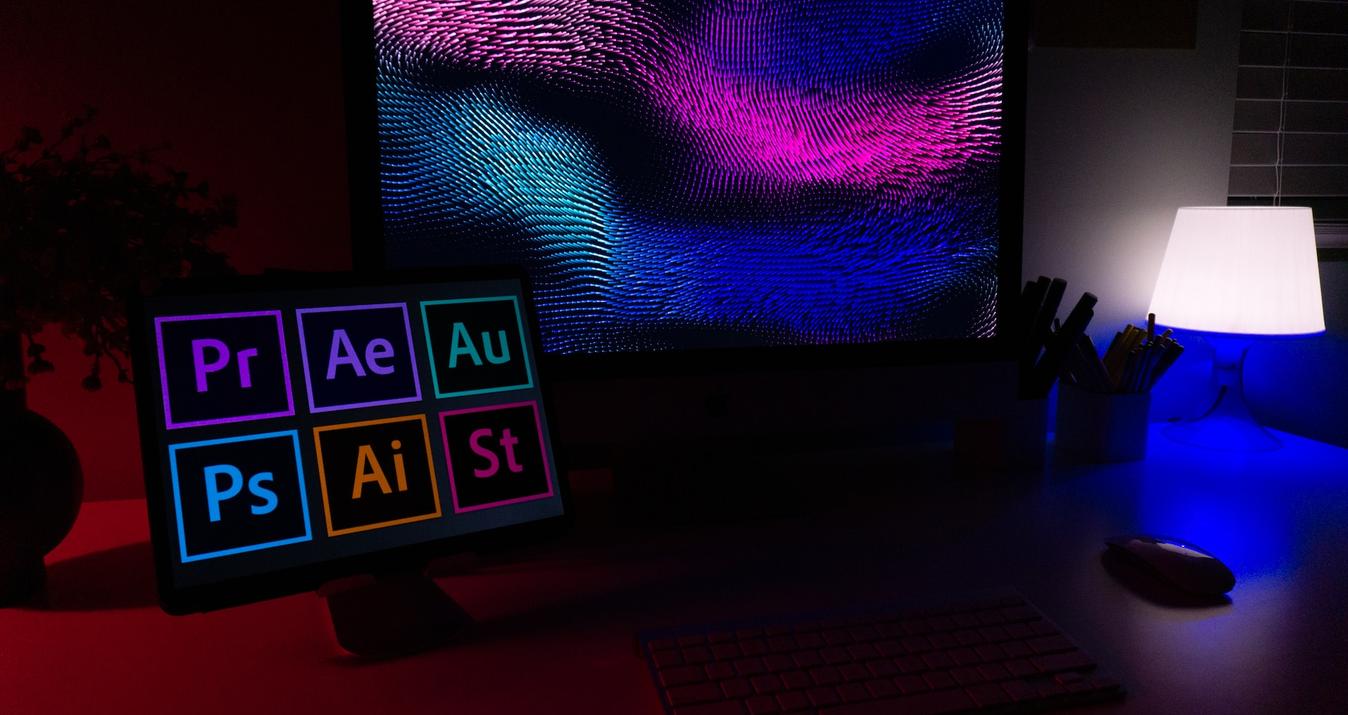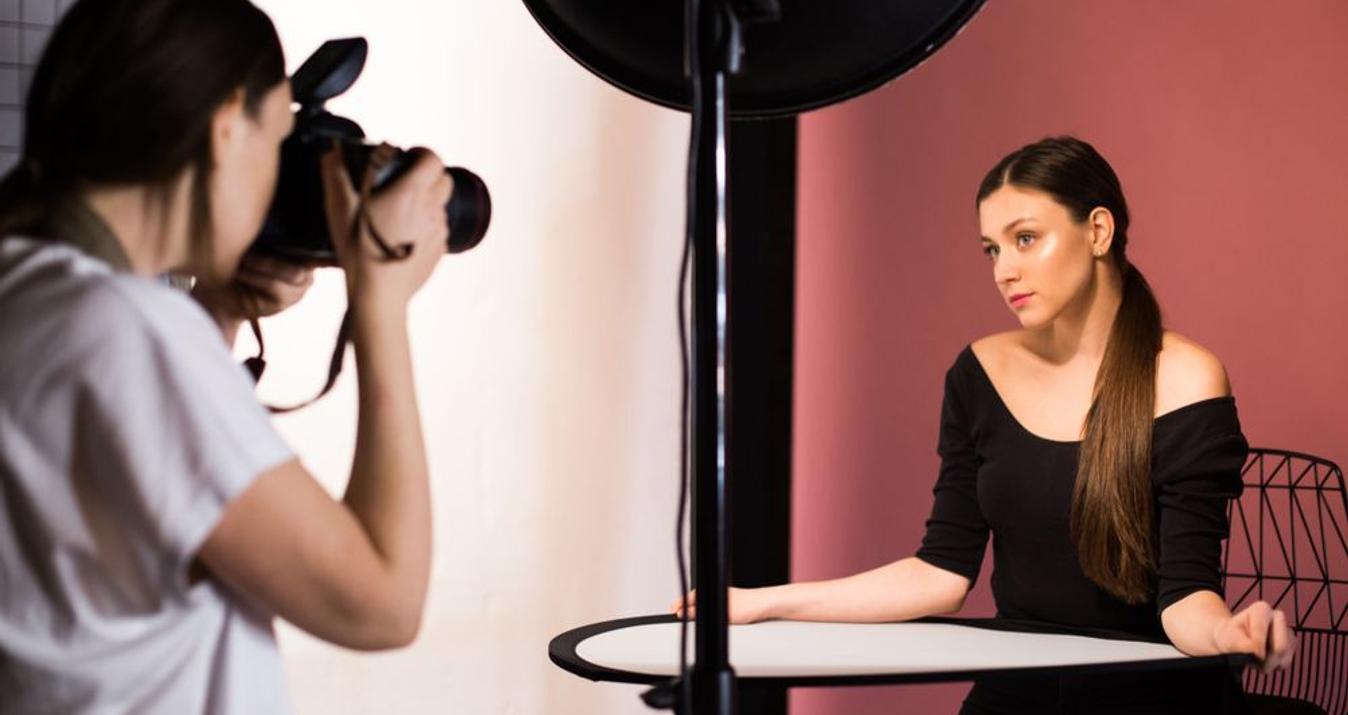In this article, we share insights and practical advice based on real-life experiences in becoming a brand photographer. Are you ready to embark on this journey?
For many photographers, getting paid for their work is a dream come true, and a pivotal step toward becoming a full-time professional. It is a rewarding journey, taking the leap from hobby photographer to pro photographer.
Over the past few years, I’ve built a diverse portfolio that allowed me to transition from full-time employment to self-employment as a photographer. I started with neon night photography in Seoul, carving out a niche that attracted brands looking for this distinct style. Alongside this area of my photography, I have branched out into cosmetic product photography, run from my home studio. I will share my experiences gained along the way so far and what I wish I had known before starting.
Understanding Brand Photography
It’s easier than ever for brands to connect with their customers thanks to social media. To do so they need a constant stream of photos and videos to promote their brand and new products–that’s where we, as photographers, play a crucial role.
Thankfully, a simple phone photo won’t suffice in today’s competitive landscape. Brands have to stand out so they need high-quality imagery that catches the attention of followers and potential customers. As a photographer, your task is to capture the brand’s spirit and the messages they are trying to promote. Sometimes, you may need to follow a detailed brief or get the creative freedom to “do your thing”—my favourite kind of job.
Clients will expect high-quality work and maybe even a quick turnaround. However, there’s no better feeling than completing a job and hearing the client say, “This is great, we will contact you again when we next need work done!”
But how do we reach this stage?
1. Build a Strong Portfolio
Imagine you’re a brand, fairly small and just getting started. A photographer sends an email proposing a collaboration, which is ideal because you’re about to launch a new product. However, the photographer hasn’t included a website in their email, and when you ask to see their portfolio, they mention it’s still under construction and hope to include your product in it. As the brand, this raises red flags. Given the risks and your busy schedule with the new launch, you decide it’s not worth pursuing–too risky and too much effort for an uncertain reward.
A strong portfolio is crucial; it’s not just about showcasing your skills but also establishing trust with potential clients. Clients don’t want to risk their time, money and effort. They are looking for assurance that their investment in your services will yield high-quality results.
How to Get Started
When I began my journey in product photography, I used any new makeup my wife purchased for my portfolio. I took “custody” of these items for a few days to create “test shoots”. I would study the brand’s website and Instagram and mimic their style in my shots.
After several months, I compiled a portfolio that displayed my capabilities in product photography alongside my understanding of lighting, editing, set design, and composition. When building your portfolio, treat each shoot as if it were a commissioned job based on a client’s brief. Get feedback from others and start sharing your shots on social media and your website. Once you have around 15-20 quality images it’s time to start reaching out to potential clients.
2. Collaborate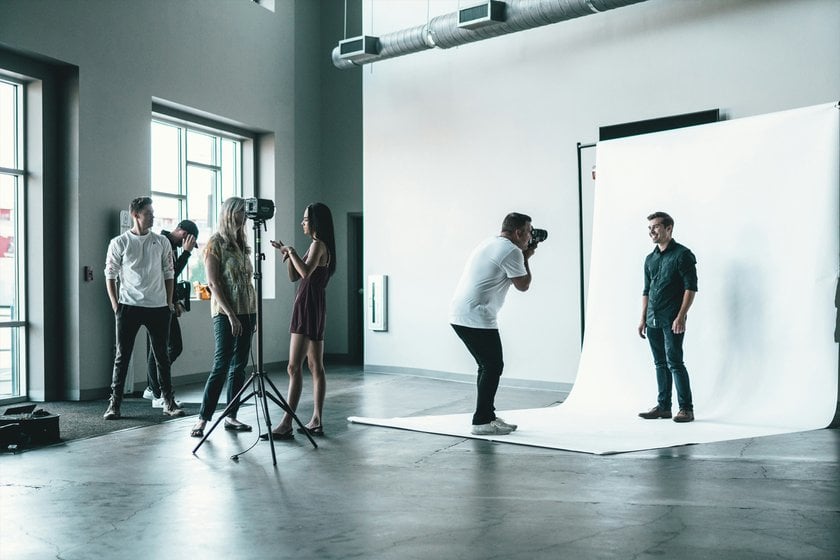
This may be a point of contention, but I highly recommend that when you first start reaching out to brands, consider offering to collaborate on some projects for free. This is how I started, sending messages to numerous brands over on Instagram, offering my services in exchange for a testimonial.
Imagine yourself in the shoes of a brand. Investing in a photographer with a limited portfolio and no testimonials is a significant risk. Your photography may be decent, but there’s more to working with brands than just taking great photos. Brands need to know if they can effectively collaborate, follow briefs, and deliver on time. Many smaller brands, which are likely your initial contacts, are often reinvesting much of their revenue back into their business, making every investment crucial. Testimonials from other brands, examples of your work on social media, and other proofs of your professionalism make you a safer choice for them.
Additionally, starting with collaborations can ease some pressure. There's a different kind of stress involved in paid work compared to collaborations. Use these early projects to learn about working with clients and to prepare yourself for future paid assignments.
Advanced yet easy-to-use photo editor
Get Luminar Neo Now
3. Switch from Free to Paid Work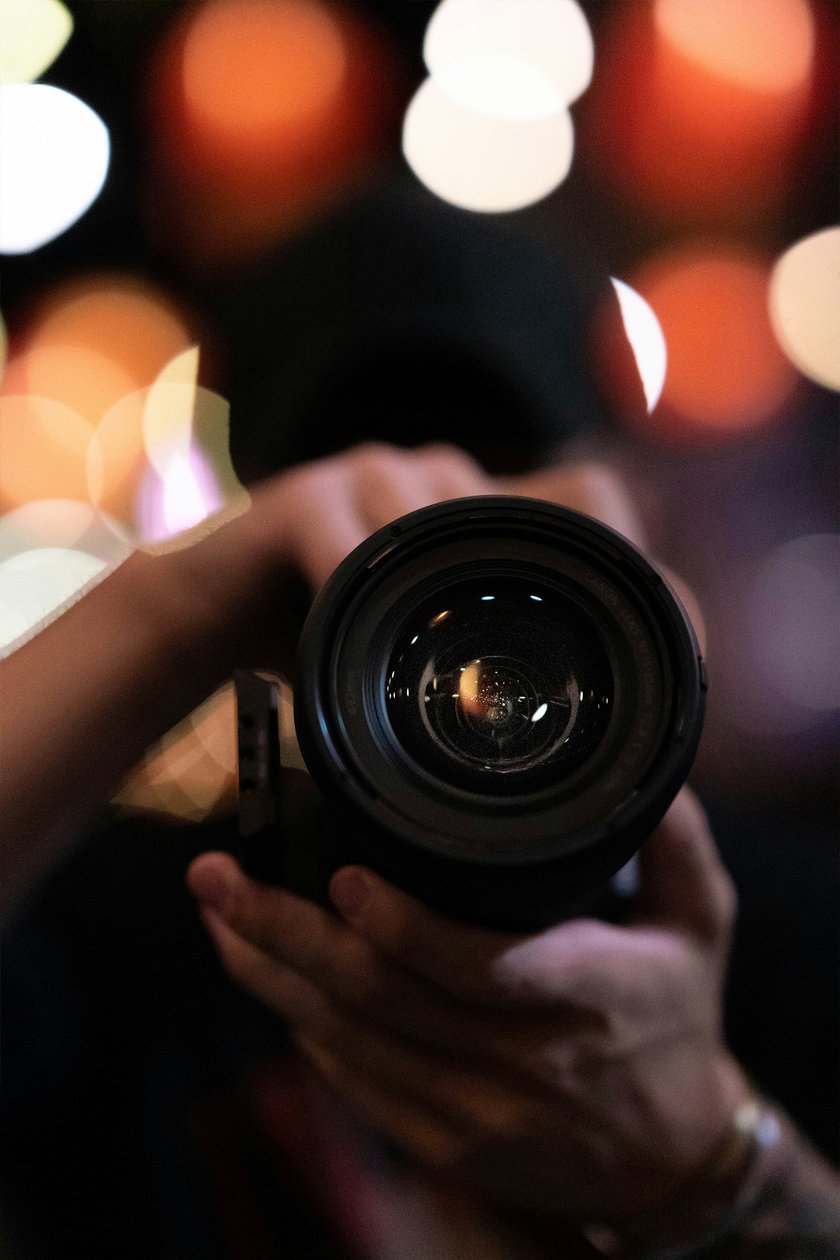
Transitioning from voluntary collaborations to securing paid work is the hardest step of building a photography business. Patience is an absolute necessity during this phase.
My journey to my first paying client began with a free collaboration. After the successful project, I offered them a discounted rate as part of a launch promotion on a Korean marketplace. Having already established a trustful working relationship, they were eager to continue with me, making their decision straightforward.
With your new bolstered portfolio you can begin cold approaches to other potential clients. Tact is crucial here; rather than diving straight into a sales pitch, start by complimenting their brand and inquiring about their current needs for photography. If the response is positive, direct them to your website where your testimonials are proudly displayed, and offer your services.
Lastly, consider offering your services face-to-face. Visit local businesses and ask them directly about their photography needs. This method requires some courage, but the perk of this approach is that you have immediately established a personal connection with the business owner.
4. Rethink Your Pricing
Pricing your photography services can be one of the most challenging aspects of running your business. It often feels like answering the idiom, "How long is a piece of string?"—in other words, it could be anything.
To arrive at a fair and accurate price, it’s essential to thoroughly understand the job requirements. Here’s a checklist I use before quoting:
Number of photos: How many photos do they expect to receive?
Editing Time: Based on that information, estimate how many hours the will editing take.
Turnaround Time: Does the client expect a quick turnaround?
Additional Costs: Are there any expenses for equipment rentals, travel, model fees, materials etc?
Brand Size: Consider the size and therefore the estimated budget of the brand.
With my personal photography style, I now have enough experience to judge how much to quote based on the size of the company and the jobs that I have done previously. With my product photography, I look at similar services on marketplace websites to ensure my pricing is competitive.
If you’re unsure about what to charge, another approach is to ask the client about their budget. Early in my career, I didn’t do this often enough and missed out on opportunities by overpricing.
Always know your worth. I've declined recent offers where the compensation was too low—or worse, where only “exposure” was offered instead of payment. Making such judgments comes with experience; in the beginning, it's common to accept lower-paying jobs out of gratitude for any paid work. However, as you become more established, you'll find it easier to phase out these types of offers.
Here’s a detailed guide for further information on pricing your work.
Common Mistakes to Avoid
Making mistakes is all part of the learning process. It's preferable to make these mistakes during the collaboration stage rather than during high-stakes paid gigs, but slip-ups can happen at any time.
1. Overestimating Your Skill Level
Ensure you have the technical know-how before taking on a project. If you have ended up taking on a challenging request you can perhaps consider doing a few test shoots before the real thing to minimise stress on the actual shoot.
2. Neglecting the Business Side
Doing test shoots and posting on social media is not business. Active business development efforts, such as making enquiries and seeking out potential clients, are essential. Balancing the creative and business sides of your work is key to building a successful photography career.
3. Relying Too Heavily on Imitation
At the beginning of your photography journey, this will be difficult. Firstly, concentrate on building your skills and over time your style will start to develop. It comes from emulating various people’s work that you admire and eventually, your style will emerge. This unique style can eventually become your selling point, attracting clients to you instead of the other way around.
Remember, it’s normal for this to take time. Stay persistent, continue studying, and draw inspiration from others’ work. With dedication, your efforts will pay off, and your distinct style will begin to draw clients to you.
The Bottom Line
Anyone can go from hobbyist to professional, but it doesn’t happen overnight. It takes a great deal of dedication and patience to get to that stage. Start by building your portfolio, then approach brands for collaborations, gradually phasing into getting paid for your work. As you gain experience and refine your skills, you'll not only secure regular clients but also see an increase in the value of your commissions.
There are highs and lows, as there are with any business, but doing something you love for a living is extremely fulfilling. But with enough persistence, you can go from hobbyist photographer to professional photographer. You can do it!



